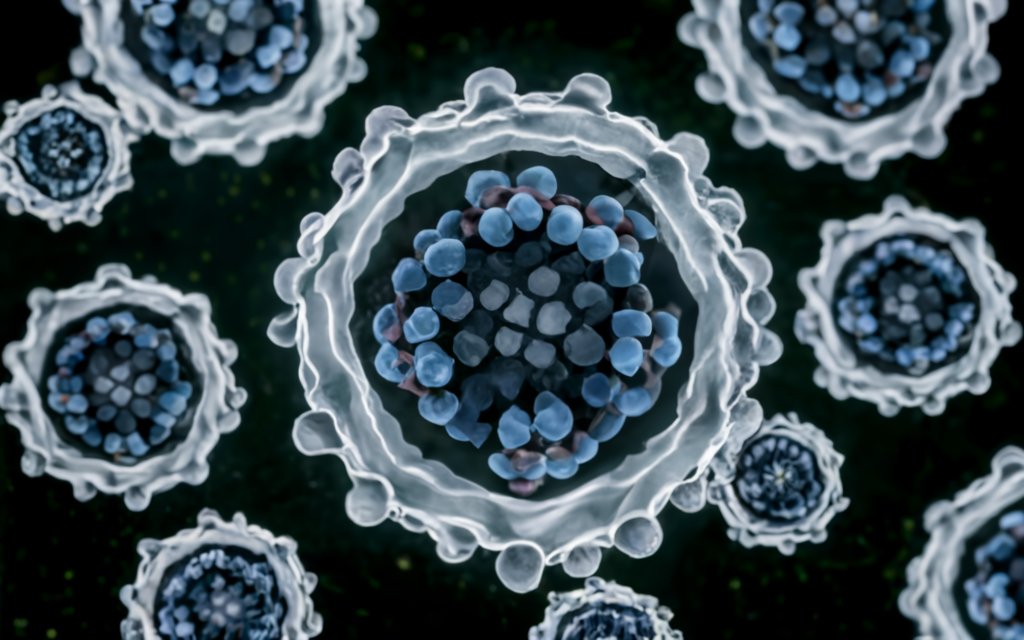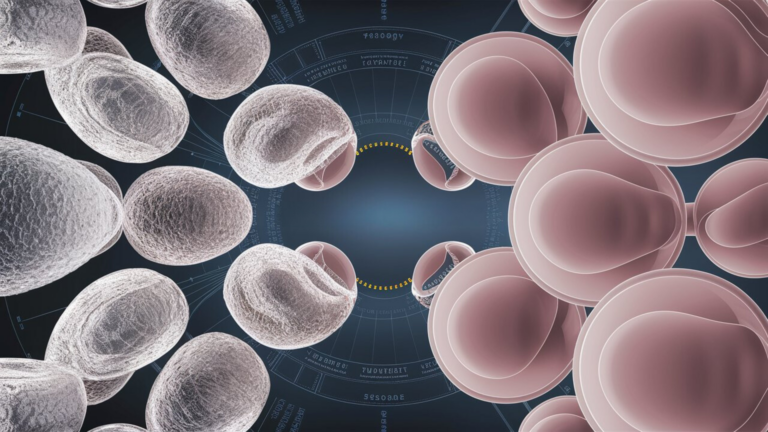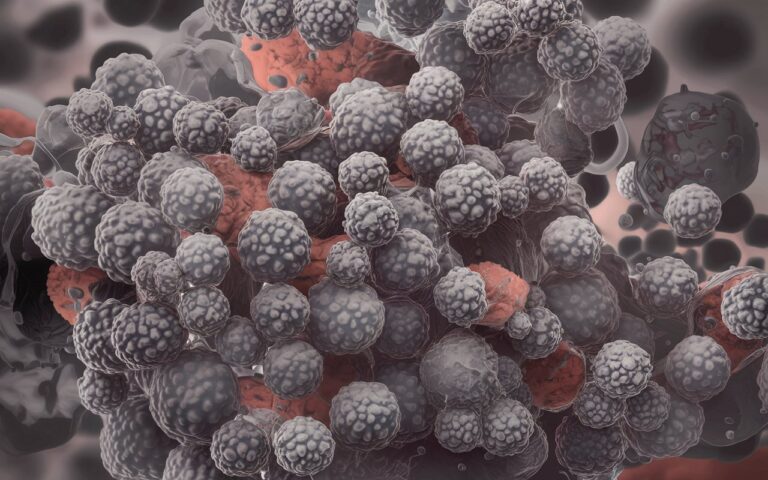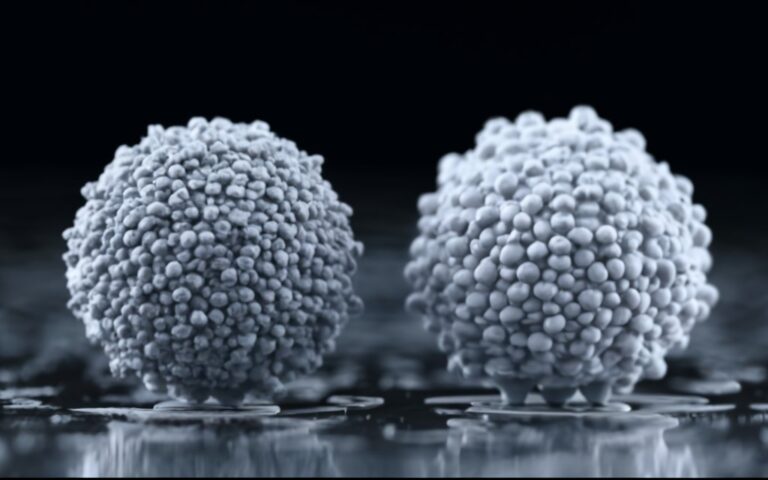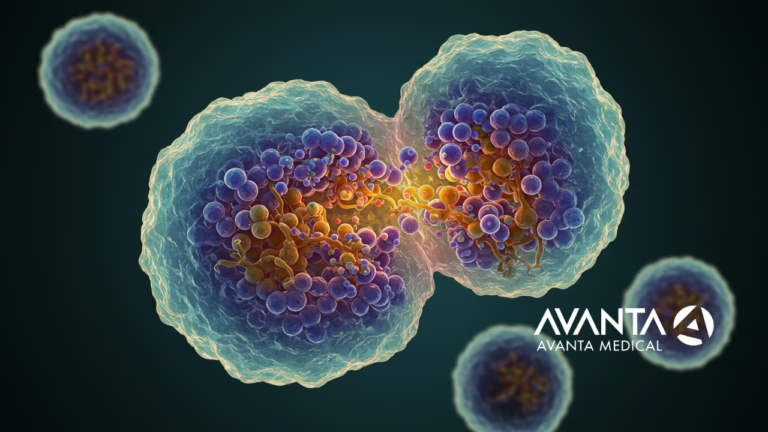Reconstitution vs. Ready-to-Use: Choosing the Right Exosome for Your Practice
In clinical settings, time and ease of use are often key factors in choosing between lyophilized and non-lyophilized exosomes.
While both forms deliver effective results in regenerative treatments, the method of preparation—reconstitution versus ready-to-use—can impact workflow and treatment efficiency.
Table of Contents
Lyophilized Exosomes: Reconstitution Required
Lyophilized exosomes require reconstitution before use. This involves adding a liquid (such as saline) to rehydrate the freeze-dried exosomes.
While this extra step may add a few minutes to the preparation time, it also provides the flexibility of longer shelf life and easier storage, as lyophilized exosomes can be kept at room temperature.
For clinics that value inventory management and long-term storage, this slight trade-off in preparation time may be worth it.
Non-Lyophilized Exosomes: Ready-to-Use
Non-lyophilized exosomes come in a liquid solution, ready for immediate use in treatments. For practitioners seeking simplicity and efficiency, non-lyophilized exosomes eliminate the need for rehydration, allowing for quicker application.
However, this convenience comes with stricter storage requirements, as non-lyophilized exosomes must be refrigerated or frozen to maintain their integrity.
Which is Right for You?
The choice between lyophilized and non-lyophilized exosomes depends largely on your clinic’s needs. If you prioritize convenience and immediate use, non-lyophilized exosomes may be the best option.
On the other hand, if storage flexibility and long-term viability are key, lyophilized exosomes offer significant advantages.
Whether you choose lyophilized exosomes for long-term storage or non-lyophilized exosomes for immediate use, both forms offer powerful regenerative potential.
Exovex provides the highest quality exosome solutions to suit your needs.
Order Exovex today and streamline your treatment process with cutting-edge exosome technology!
FAQ: Reconstitution vs. Ready-to-Use Exosomes
What are lyophilized exosomes?
Lyophilized exosomes are freeze-dried exosomes that require reconstitution with a liquid (e.g., saline) before use. This process extends their shelf life and allows for easier storage at room temperature.
What are non-lyophilized exosomes?
Non-lyophilized exosomes are pre-prepared in liquid form and ready for immediate use. They do not require reconstitution, making them convenient for treatments but requiring refrigeration or freezing for storage.
What is the difference between reconstitution and ready-to-use exosomes?
Reconstitution: Involves mixing a liquid with freeze-dried exosomes before application. This process takes a few minutes but offers longer shelf life and easier storage.
Ready-to-Use: Comes in liquid form, ready for immediate application, eliminating extra preparation steps but requiring specific storage conditions like refrigeration or freezing.
Are lyophilized exosomes better than non-lyophilized ones?
Neither is inherently better; the choice depends on your clinic’s priorities. Lyophilized exosomes are ideal for long-term storage and inventory management, while non-lyophilized exosomes are better suited for clinics prioritizing speed and convenience.
How long can lyophilized exosomes be stored?
Lyophilized exosomes typically have an extended shelf life and can often be stored at room temperature, depending on the manufacturer’s guidelines.
How should non-lyophilized exosomes be stored?
Non-lyophilized exosomes need to be refrigerated or frozen to maintain their integrity and effectiveness.
How does the preparation time compare between the two forms?
Lyophilized exosomes require a few minutes for reconstitution, whereas non-lyophilized exosomes can be used immediately without additional preparation.

